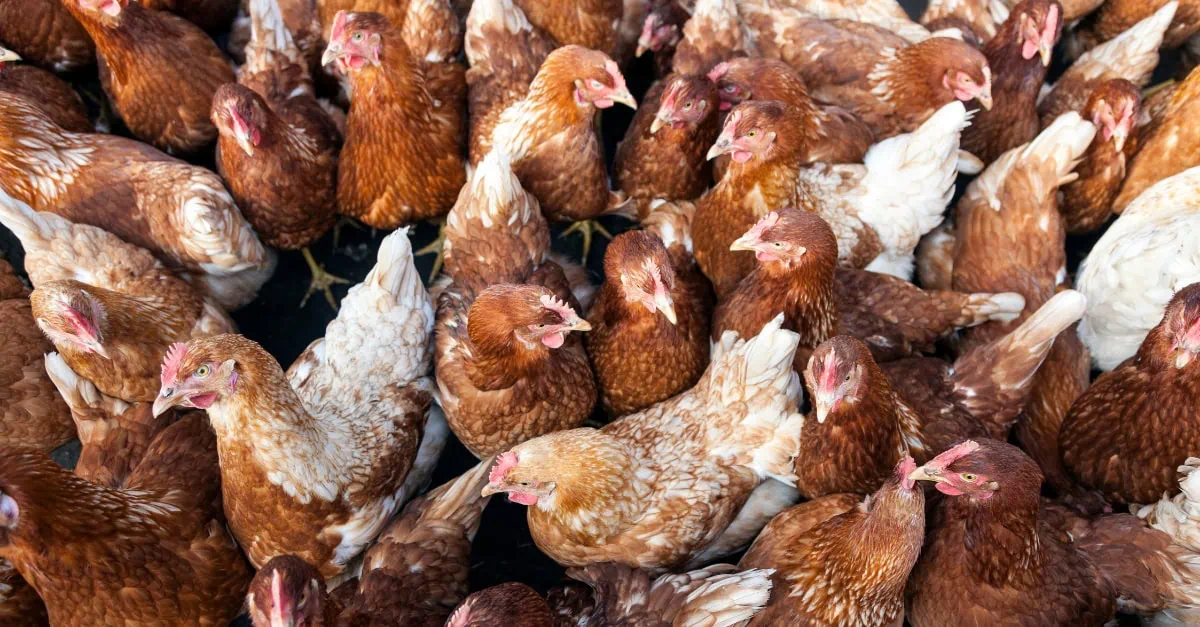European egg producers are grappling with extended production cycles as delayed flock refreshment forces older hens to remain in production longer than optimal, creating both supply constraints and quality challenges across the market.
Hatchery bottlenecks create production delays
Earlier in the year, hatcheries across Europe struggled to meet demand for day-old chicks, citing limited availability and sharply higher prices. This supply bottleneck has created a ripple effect throughout the production chain, forcing producers to extend the productive life of their existing flocks.
The delayed flock refreshment has left older hens in production across much of the EU, creating a situation where layers are operating beyond their peak productivity periods. According to our Food Ingredients Analyst Ralitsa Videnova, the delayed flock refreshment is impacting overall egg quality, as older layers typically produce eggs with reduced quality characteristics.
Extended timeline affects market structure
The timing of flock refreshment delays suggests that supply constraints will persist well into 2026. New flocks are not expected to reach full productivity until early 2026, meaning that the current supply tightness from aging layers will continue through the remainder of 2025.
This extended timeline has significant implications for market planning, as the structural supply constraints are not temporary issues that can be resolved quickly. The aging flock profile across the EU is creating challenges for producers trying to maintain quality specifications while managing supply constraints.
Procurement implications
For procurement managers, the delayed flock refreshment represents a fundamental shift in supply planning considerations. The extended timeline for resolution means that current supply constraints should be viewed as structural rather than temporary issues.
The quality impacts from aging layers also create additional complexity for buyers who rely on consistent quality specifications. With new flocks not expected to reach full productivity until early 2026, procurement planning for the next 12-18 months should account for continued supply tightness and potential quality variability in the European egg market.
This article is part of our egg market analysis available here: https://app.vespertool.com/market-analysis/2167?q=egg
